The upcoming Apple Glass product could redefine not only the segment of wearable devices. Apple's augmented reality glasses could be a futuristic product that adds useful graphics to the real world and makes life easier for its users. It just depends on how the company grasps it and presents it.
Date of publication
Analyst Ming-Chi Kuo says that Apple will release the first product flirting with augmented reality through a head-worn device next year, specifically in its second half. Mark Gurman of Bloomberg on the contrary, he is inclined to say that we will not see a similar device before 2023. In contrast, Jon Prosser was already leaning towards March to June of this year, which obviously did not work out for him. But he also mentions that the company will announce Apple Glass before the product is even ready to go on sale. Apple would thus be pursuing a similar strategy as in the case of the first generation Apple Watch, which was also awaited for several months after its introduction.
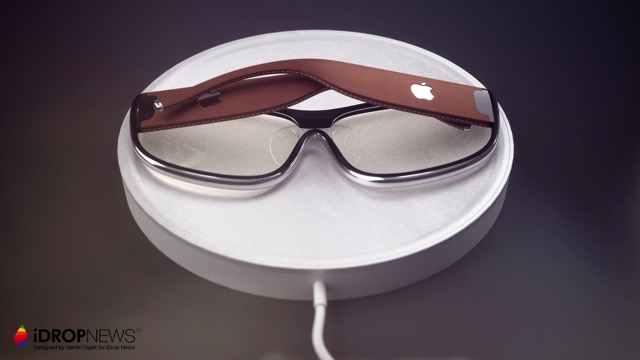
Be that as it may, the incessant flow of information makes it clear that there is simply something going on at Apple. The news from July 10, when the magazine The Information published the news that the Apple Glass product has passed the prototype stage and entered trial production, an important milestone in the launch of the new device.
It could be interest you

Headset or glasses?
In addition to Apple Glass, there is also a mixed reality headset in the works, which could be less complex and, above all, closer to the market. Apple's mixed-reality headset is said to feature ultra-high-definition displays and a cinematic speaker system that should enable lifelike visual experiences, according to people who have already seen prototypes.
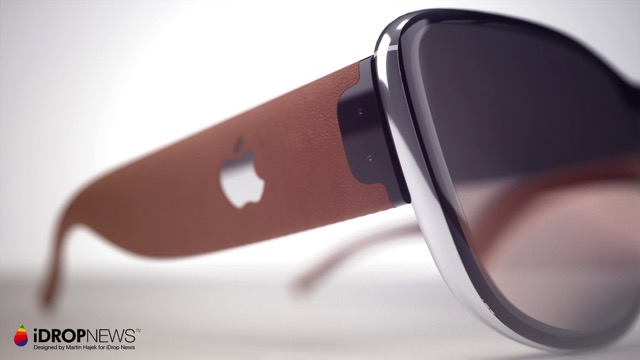
These sources also said the headset looks like a slimmer fabric-covered Oculus Quest, but the design is not yet final as the company continues to test the product to determine the ideal fit for most head shapes. The same thing happened with AirPods Max. There's no word on price, though it's not expected to be exactly low. The Quest starts at $399, while the HTC Vive is $799 and Microsoft's HoloLens 2 is a rather hefty $3. Reports claim that Apple's headset could be priced between $500 and $1 at launch.
It could be interest you
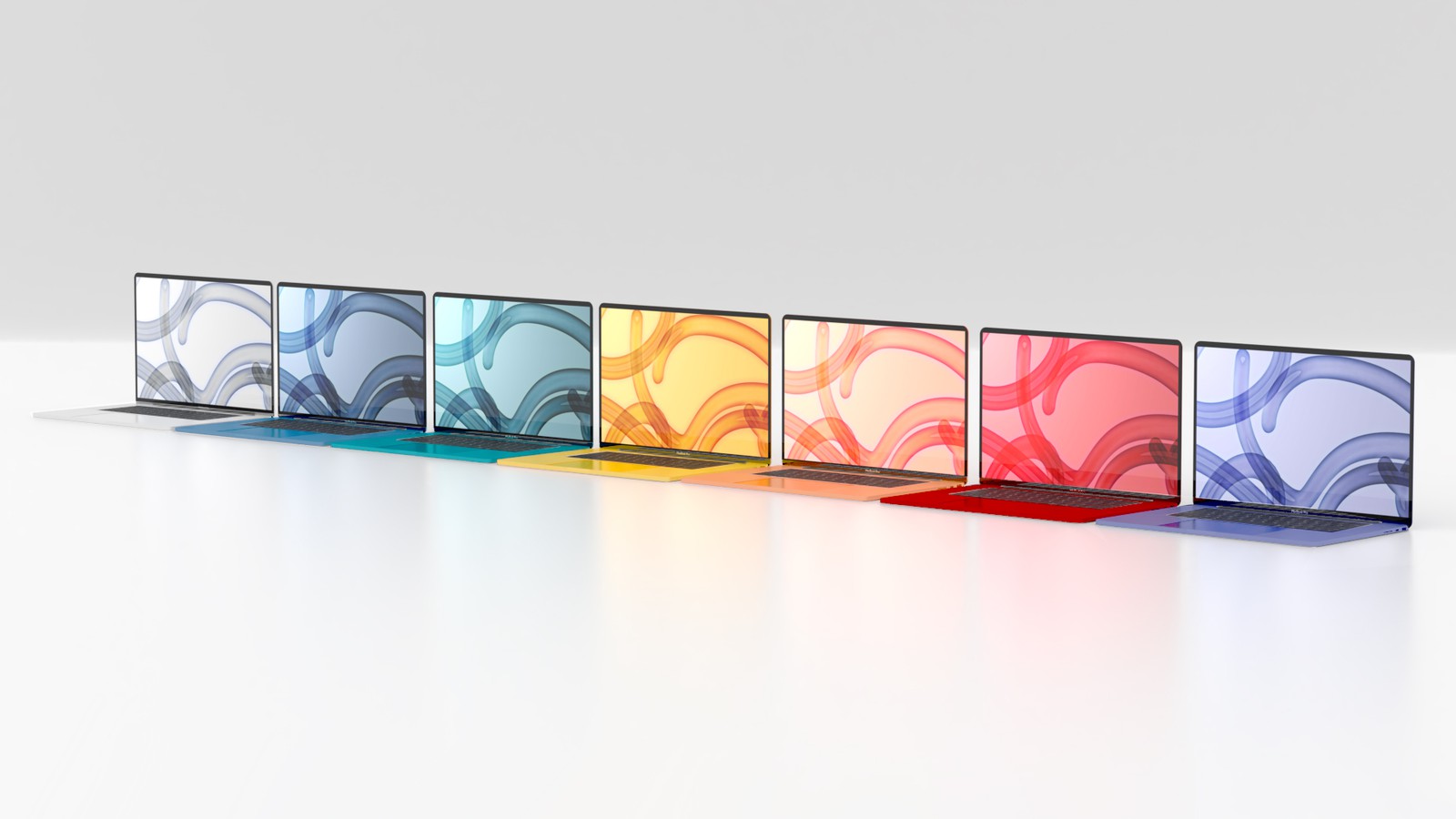
Apple Glass price
According to Prosser, Apple's glasses will be priced at $499. And that may seem really little, especially compared to competing augmented reality headsets, such as the Microsoft Hololens 2. But its price is based on the fact that not all the electronics needed for AR operation are built into the headset.
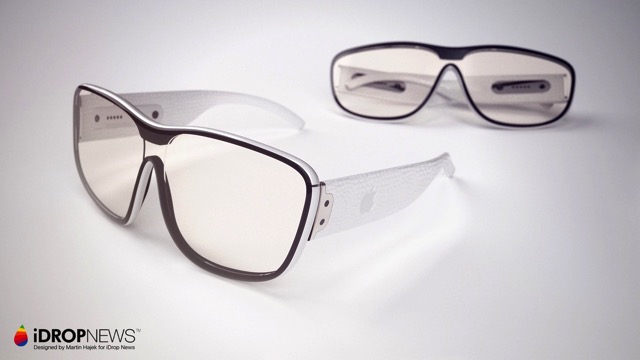
Apple Glass will rely more on the accompanying iPhone to process data, so they will be simpler than the Hololens. They will be more like smart glasses Vuzix Blade, which have a built-in camera and Alexa integration. However, their price is $799. If Apple also aims to be linked with its voice assistant, we will probably have bad luck on the Czech market. Siri does not speak Czech, and where it does not support the Czech language, Apple significantly reduces its distribution (HomePod, Fitness+, etc.).
Function and patents
The product, workingly called Apple Glass, is widely expected to run on Starboard (or perhaps glassOS), a proprietary operating system that was revealed in the final version of iOS 13. The augmented reality framework appears multiple times in code and text documents, meaning , that Apple is probably testing activation and the app itself. It will be similar to the one for the Apple Watch.
It could be interest you
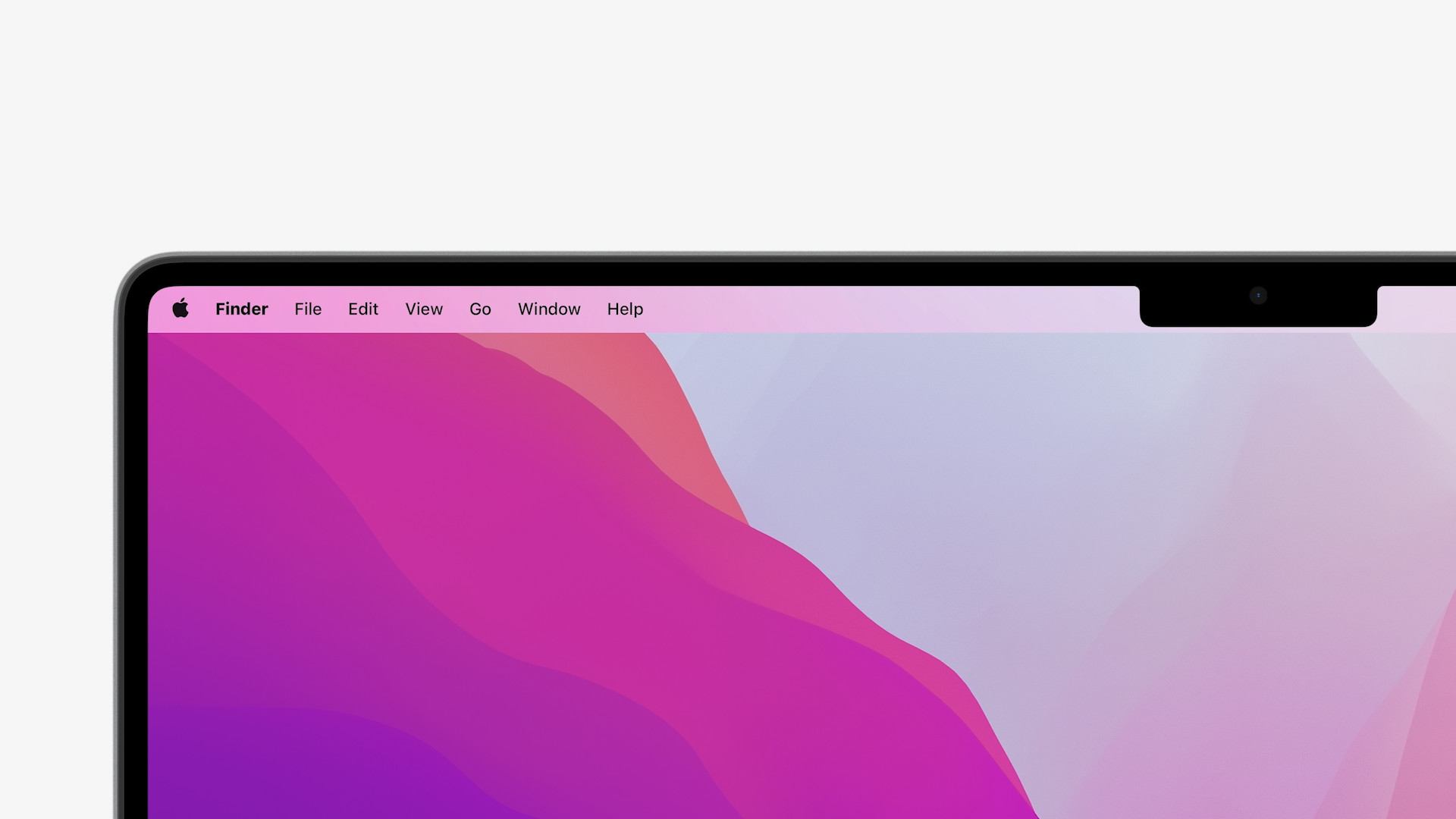
According to the report Bloomberg Apple Glass brings information from your phone to your face. Specifically, the glasses are expected to sync with the wearer's iPhone to display things like texts, emails, maps, and games in the user's field of vision. Apple also has plans to allow third-party apps and is considering a dedicated app store, similar to how you get apps for the Apple TV and Apple Watch.
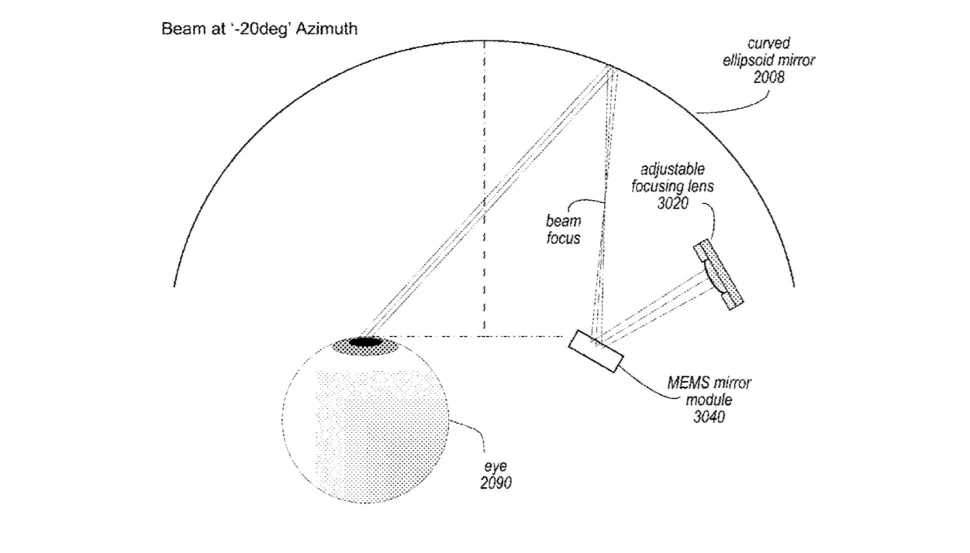
Patent awarded to Apple further fueled reports that this Apple product will not require prescription lenses, as the smart glasses will automatically adapt to people with poor vision using an "optical sub-assembly". However, this patent could refer to a separate VR headset connected to a smartphone or rather up to the 2nd generation of smart glasses.
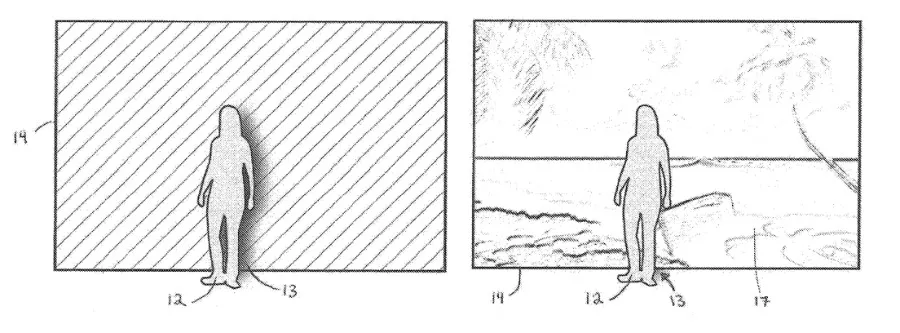
Older patent instead, it suggests that the image would be projected directly into the wearer's eye, obviating the need to equip the device with any kind of transparent display. The patent also claims that this will avoid many of the pitfalls that people can suffer in VR and AR. Apple explains that some problems, including headaches and nausea, occur because the brain tries to focus on objects in the distance when they are actually less than an inch in front of the eyes on the display.
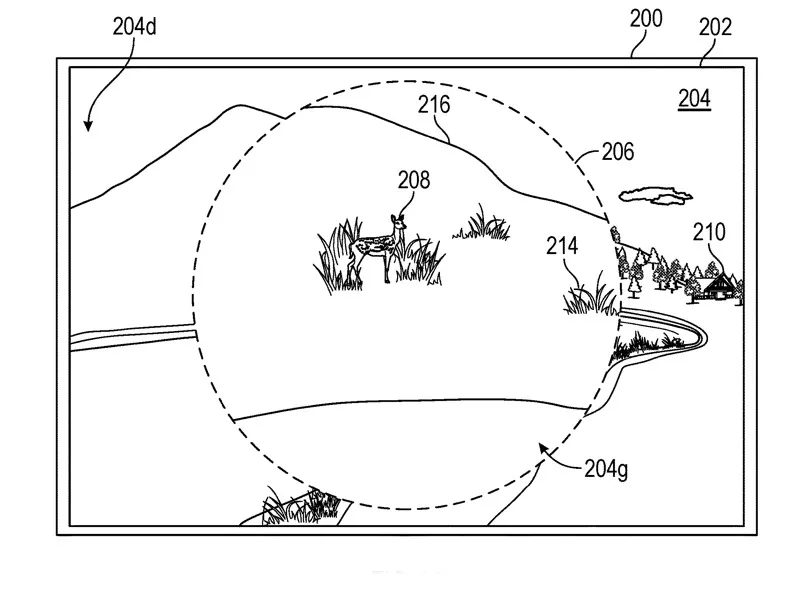
Další patent shows how you can change the background on the fly, similar to zooming. He also says the device would be able to format images from the camera, detect a selected color range and create a composition with virtual content. Add to that the browsing of maps like in Google Street View, which Apple already offers to some extent in the form of the Look Around function. It could be quite an immersive experience on Apple Glass. In the event of a lack of light, the device should then contain depth scanners (LiDAR?) determining the distance from objects.
 Adam Kos
Adam Kos